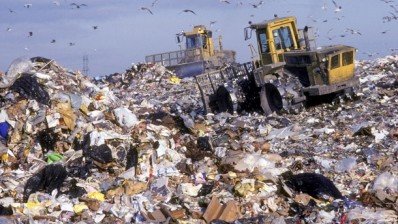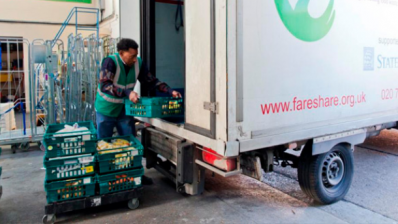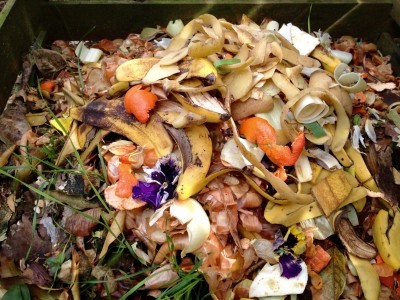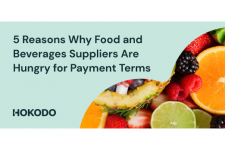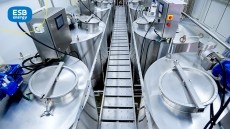Household food waste rises, despite falls elsewhere
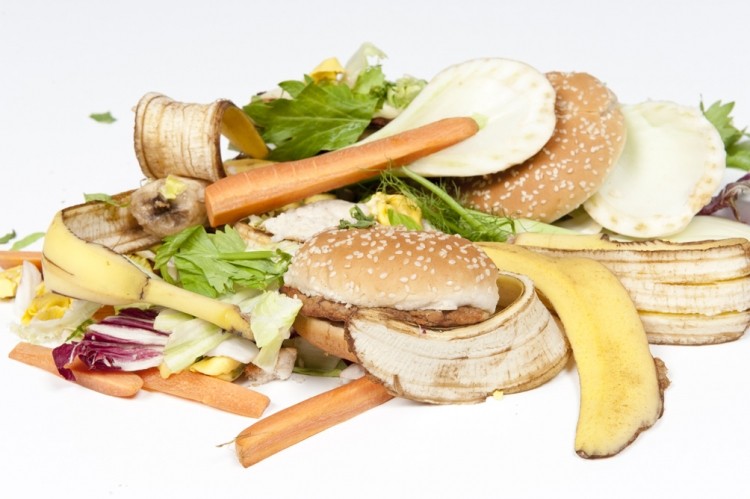
Three waste reduction targets were set under CC3. The first was to reduce food and packaging waste by 3% in manufacturing and retail and the second was to improve packaging design and recyclability in the grocery supply chain without increasing the carbon impact. Both were met.
Unfortunately, the third target, to reduce household food and drink waste by 5%, was missed. This has led to plans to provide more assistance to consumers under Courtauld 2025, the new 10-year commitment which creates partnerships across the entire food supply chain, including hospitality and foodservice sector, retailers, manufacturers, farmers and local authorities.
Courtauld 2025 aims to cut waste and greenhouse gas emissions associated with food and drink in the UK by at least one-fifth per capita in 10 years, and reduce the impact of water use, with cumulative savings of around £20bn.
Household waste rises to 7.3Mt
Food waste generated by households in 2015 was estimated to be 7.3Mt compared with 7Mt in 2012. This is equivalent to £13bn of edible food, which was needlessly thrown away from homes in 2015.
While this difference might not be statistically significant, it was clear to the Waste Resources & Action Programme (WRAP) – the charity that developed and managed the CC3 agreement on behalf of UK governments – that progress to reduce household food waste at a UK level had stalled.
It was attributed to a combination of factors, including UK population growth, falling food prices and increased personal earnings. These have reduced the pressures for people to avoid wasting food, claimed WRAP.
“The three phases of Courtauld have been a game-changer in bringing businesses together to work on issues of resource efficiency and drive change within their own operations,” said Steve Creed, director of business programmes at WRAP.
“Today’s results show the industry’s commitment to reducing their environmental impacts and the huge benefit of collaborative action, particularly in the supply chain.”
However, Creed added: “Reducing food waste in the home is incredibly challenging, given the complex reasons for it, the scale of food waste in the home and the lack of awareness, but it’s clear we all need to do more.
“WRAP has a plan to work with governments, signatories and consumers for greater public engagement through Love Food Hate Waste and interventions by signatories to Courtauld 2025.”
Manufacturing and retail target met in full
The manufacturing and retail target was met in full, meaning grocery ingredient, product and packaging waste is down 3%. This equates to 219,000t of food and packaging waste prevented and representing a carbon dioxide equivalent saving of 555,000t over the lifetime of the commitment. The value of the food savings alone was worth an estimated £100M, according to WRAP.
WRAP also noted that more waste had moved up the waste hierarchy as the recovery and recycling rate grew from 95% in 2012 to 99% in 2015 – equivalent to 89,000t of material in 2015.
The data suggested that signatories had achieved a significant increase in the amount of surplus food and drink redistributed for human consumption in 2015 (18,000t), said WRAP.
The packaging target, which aimed to stop any increase in the impact of packaging in terms of carbon emissions by 2015, was exceeded. Data showed a reduction at end of the agreement of 7%, which was significantly better than the target outcome, while the amount of packaging material placed on the market increased by 1% over the same period, to just under 3Mt.
The main contributing factors for this fall, according to WRAP, were increased recycling rates for different packaging materials and changes in materials composition, where wood, polymer, aluminium and steel packaging have seen reductions both in total weight placed on the market and carbon dioxide equivalent impact.
Courtauld 2025
Under Courtauld 2025, a targeted approach to reducing household food waste is being developed by WRAP’s consumer campaign Love Food Hate Waste. WRAP will work with Courtauld 2025 signatories to investigate potential high-impact ways of helping consumers make best use of the food they buy.
Changes that consumers could see in the future include: tips on-pack and on-shelf-displays for the most commonly wasted food items; personalised messaging to help individuals identify beneficial changes in their food habits, for example through online shopping, loyalty card schemes, digital receipts or apps; and consistent application of best practice in date labelling and storage advice and product portioning on key products.
